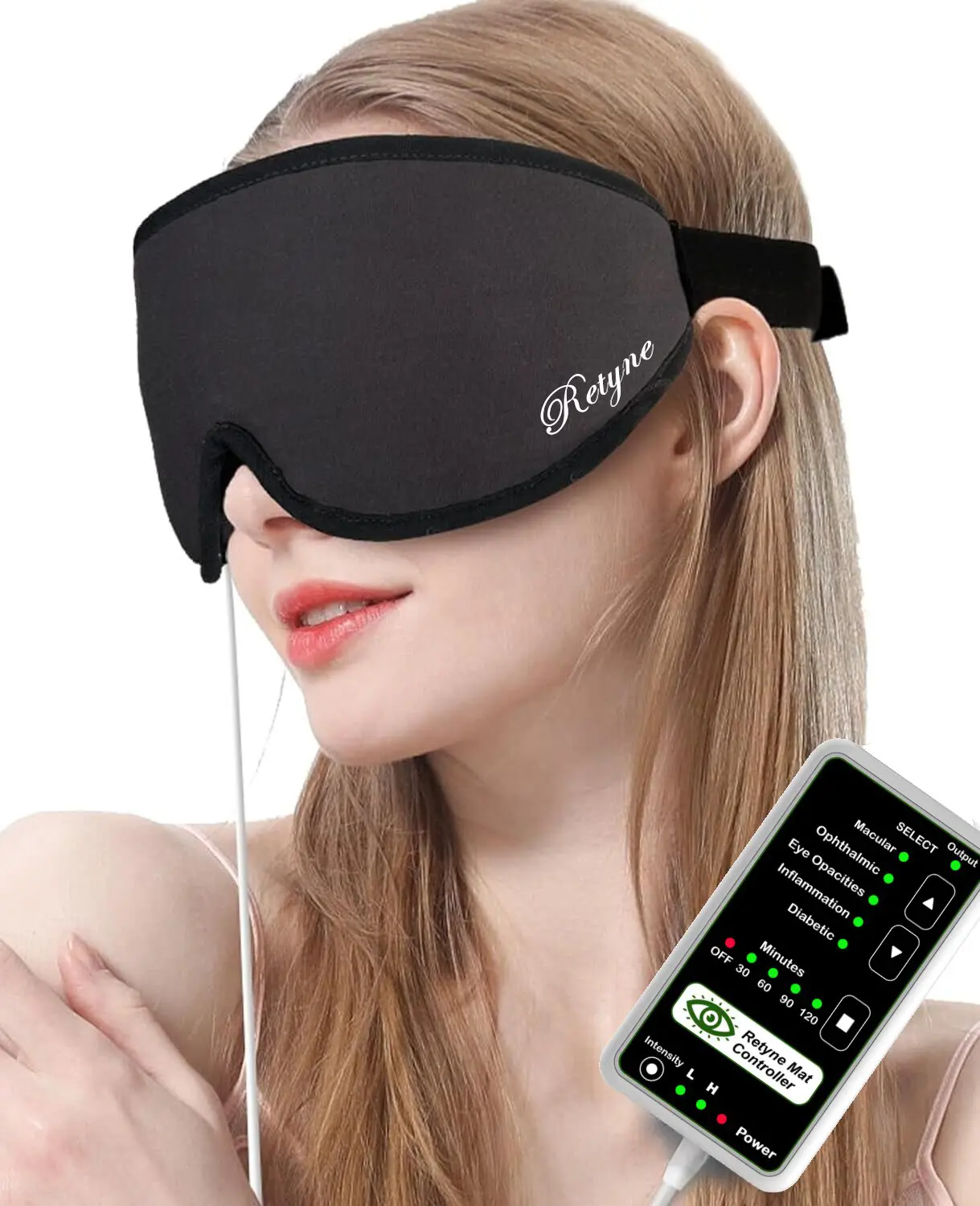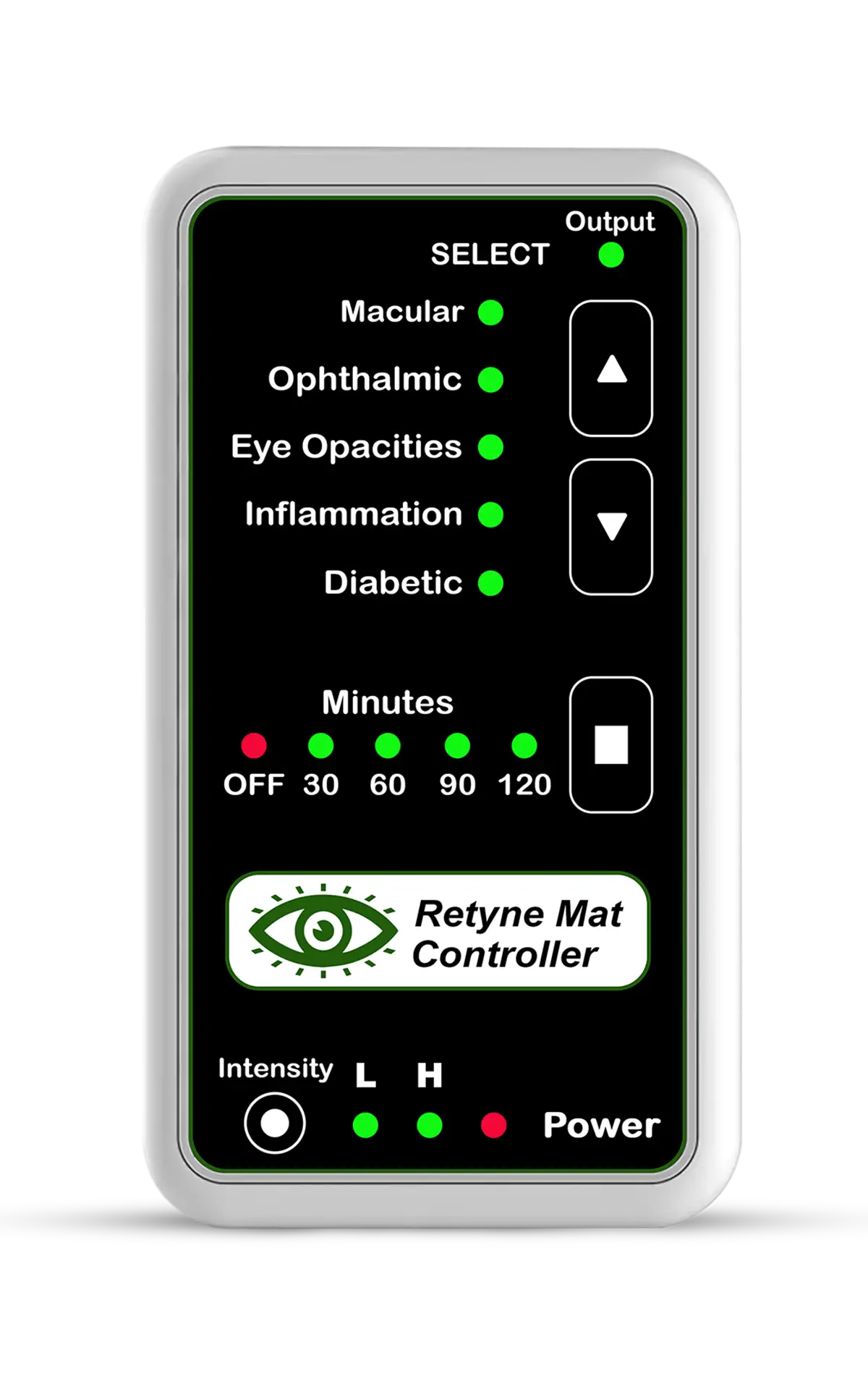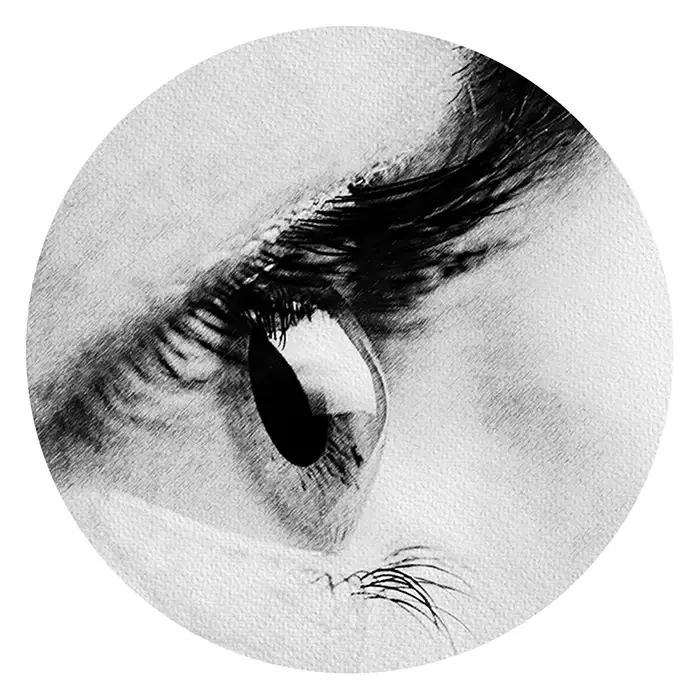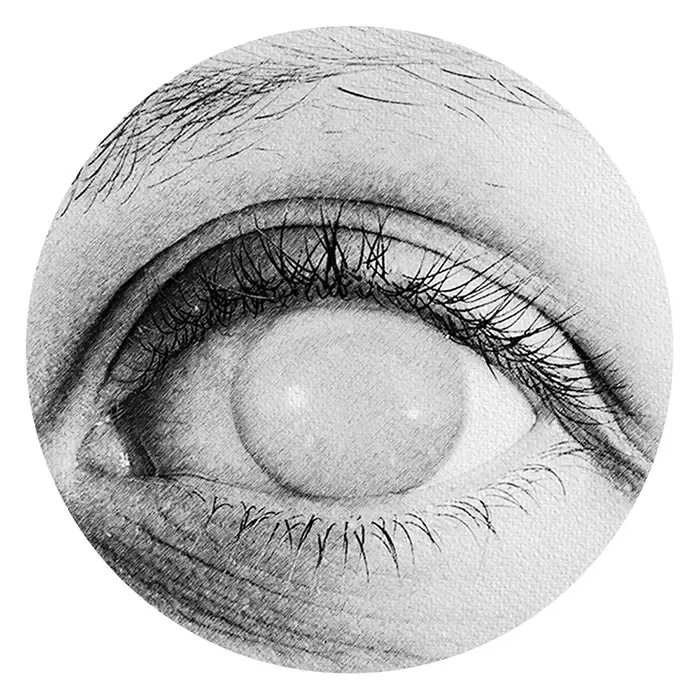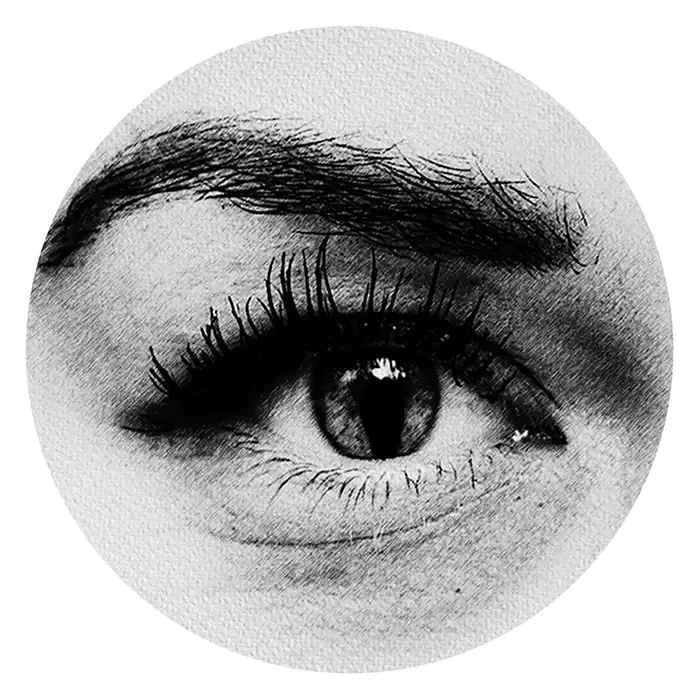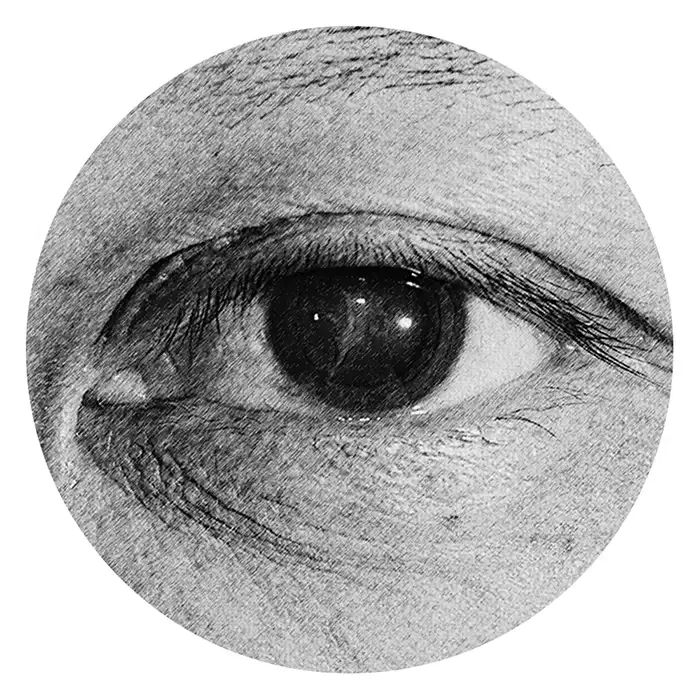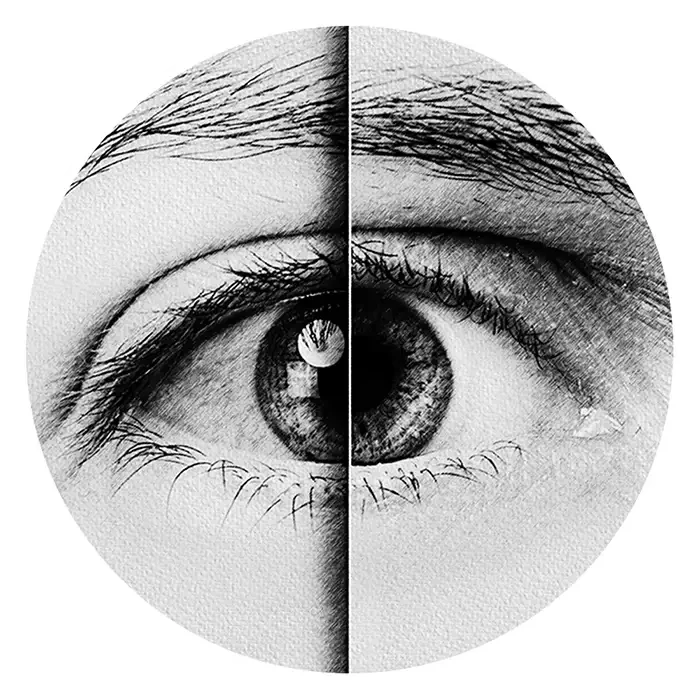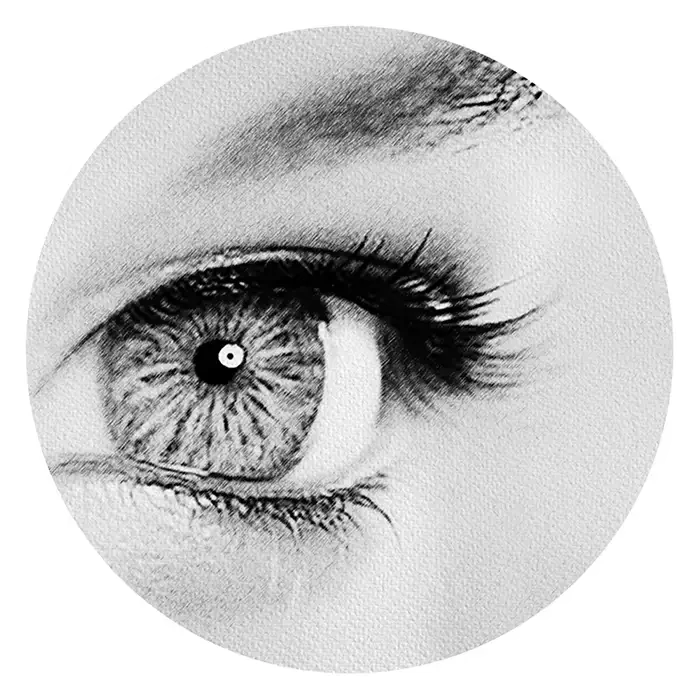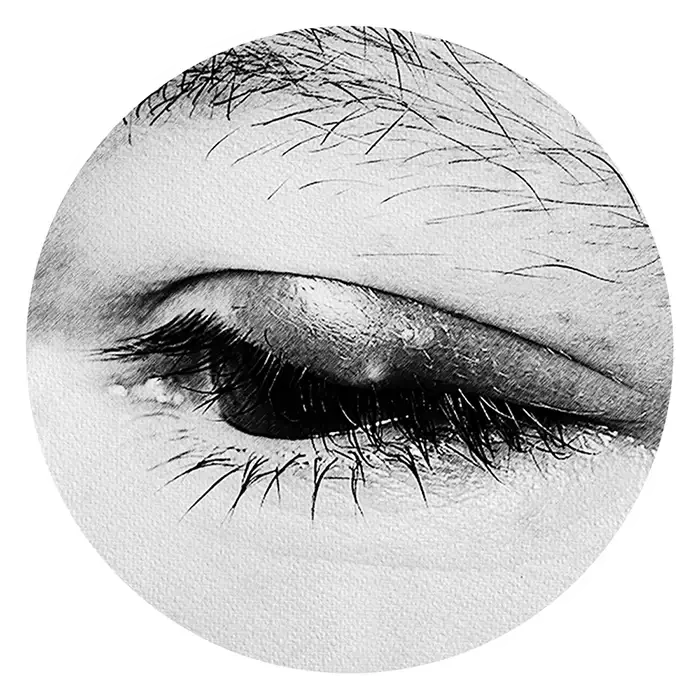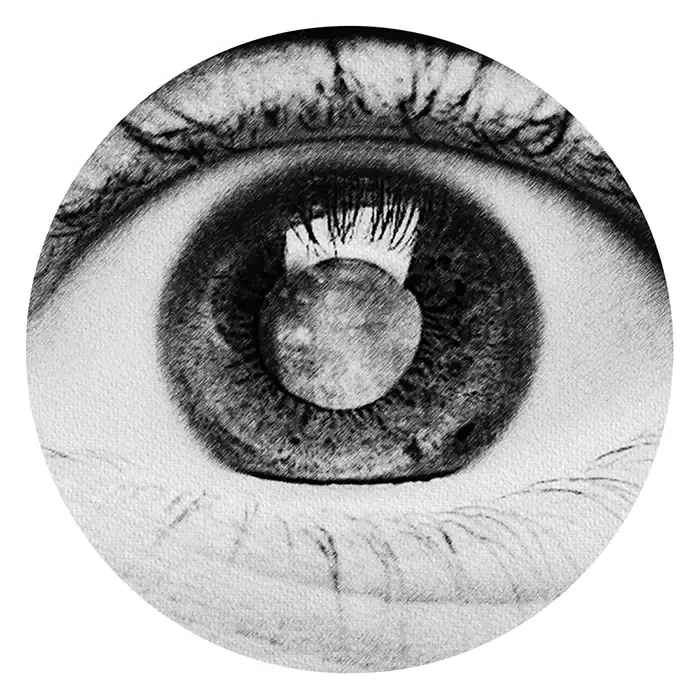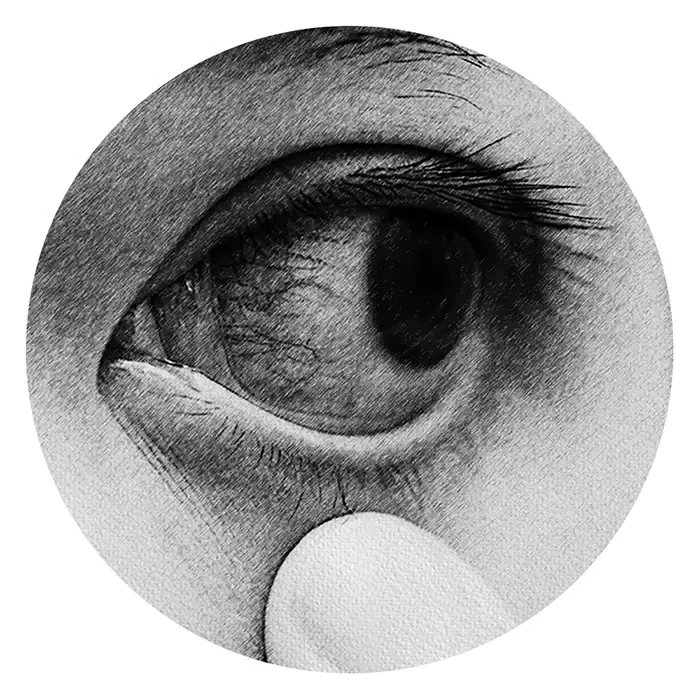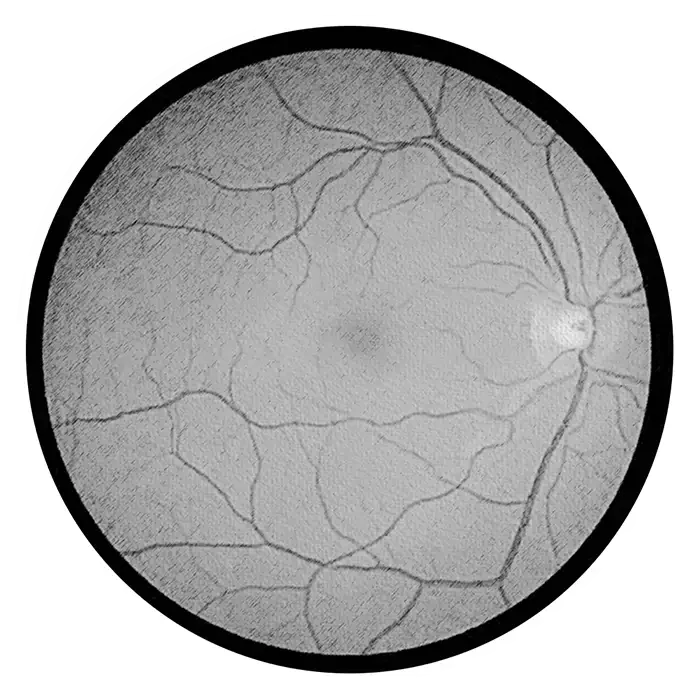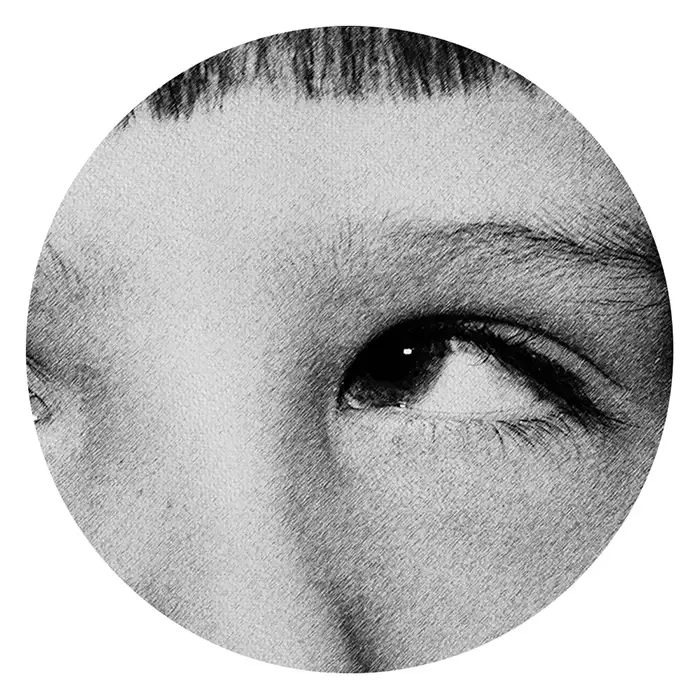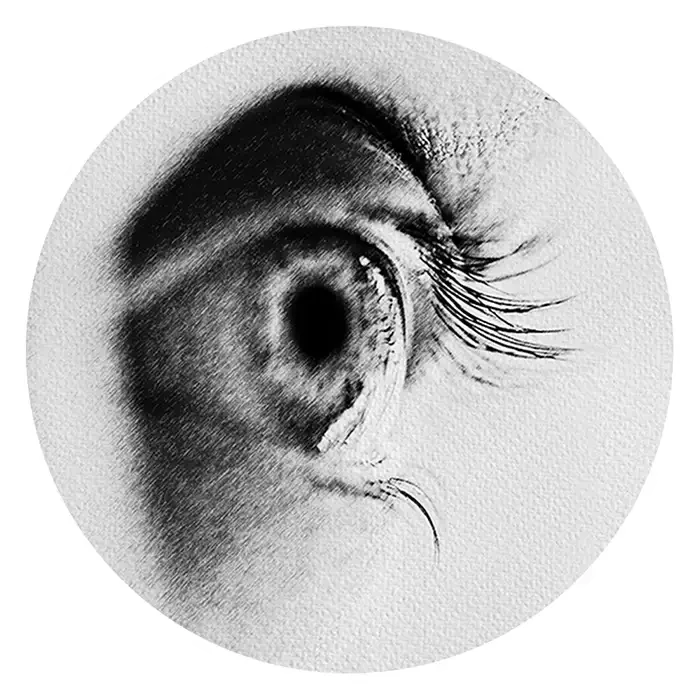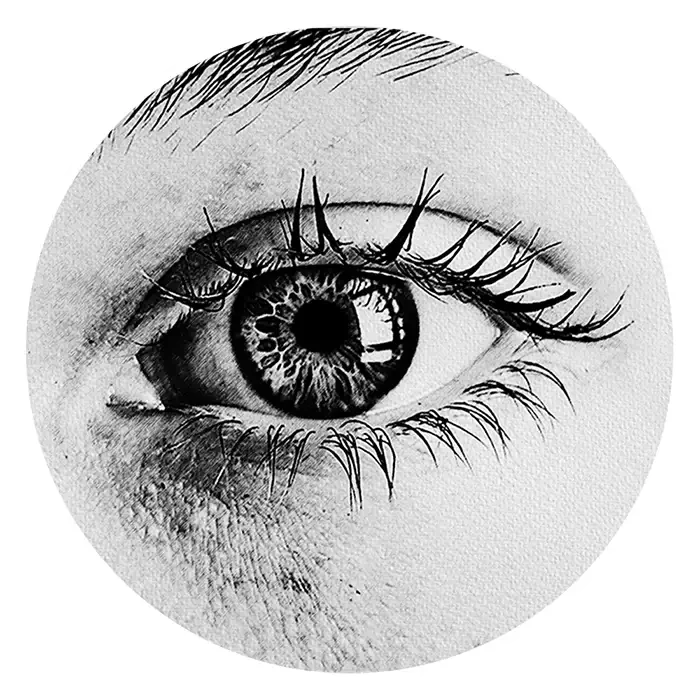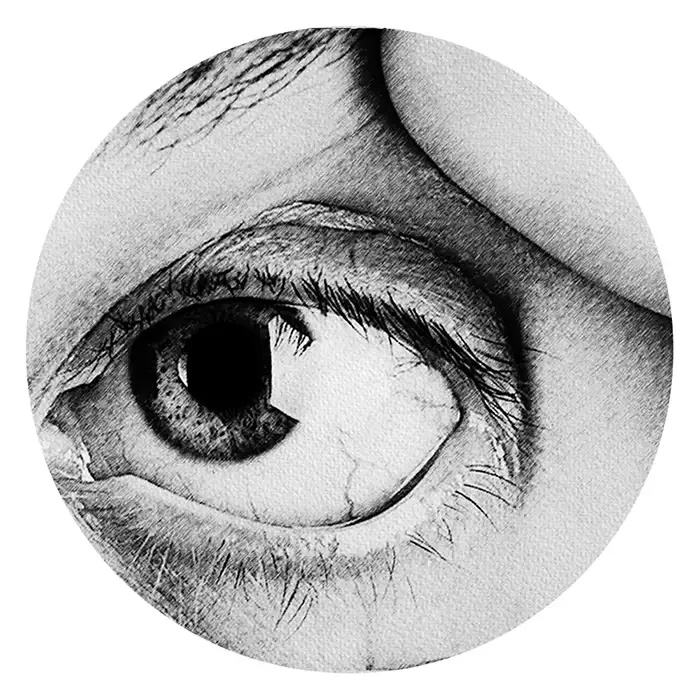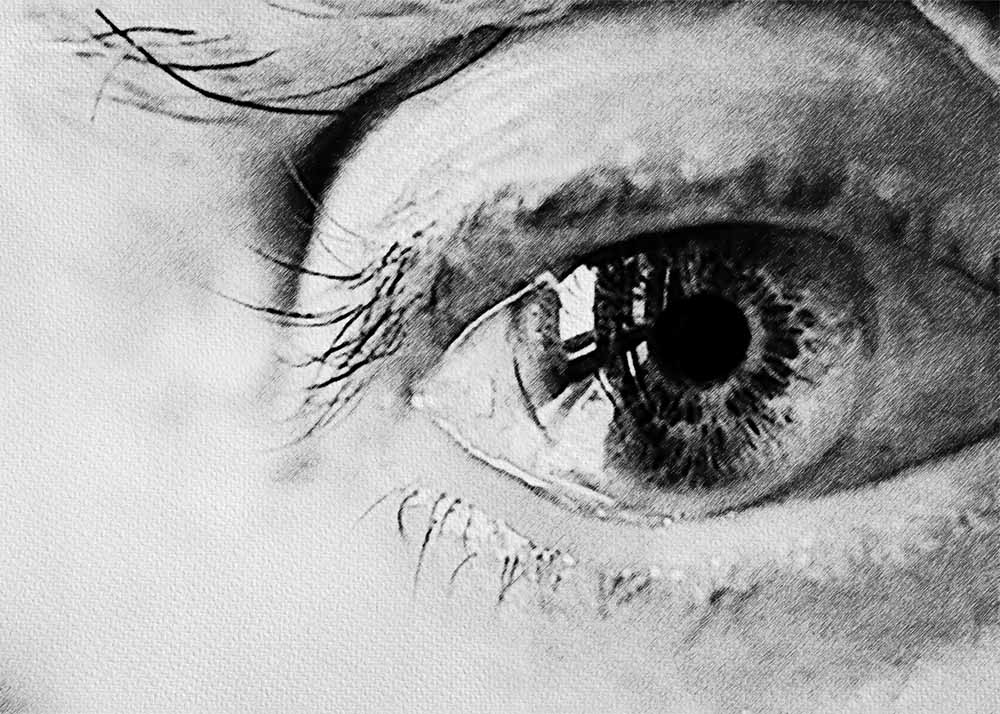
Understanding Open-Angle Glaucoma: Types and Diagnosis
Open-angle glaucoma is a chronic eye condition characterized by gradual damage to the optic nerve, often resulting in vision loss. It is the most common form of glaucoma and typically progresses slowly over time. There are several types of open-angle glaucoma, including primary open-angle glaucoma (POAG), normal-tension glaucoma (NTG), and secondary open-angle glaucoma. Diagnosis of open-angle glaucoma involves a comprehensive eye examination, including measurement of intraocular pressure (IOP), assessment of the optic nerve head, visual field testing, and evaluation of the drainage angle.
Primary Open-Angle Glaucoma (POAG)
POAG is the most common type of open-angle glaucoma, accounting for the majority of cases. It occurs when the drainage angle of the eye becomes progressively blocked, leading to impaired outflow of aqueous humor and increased intraocular pressure. POAG typically develops gradually over many years and is often asymptomatic in the early stages. As the condition progresses, patients may experience peripheral vision loss, blurred vision, and difficulty with night vision.
Normal-Tension Glaucoma (NTG)
NTG is a subtype of open-angle glaucoma characterized by optic nerve damage and visual field loss despite normal intraocular pressure measurements. Unlike POAG, where elevated IOP is a primary risk factor, NTG occurs in individuals with consistently normal IOP readings. The exact mechanisms underlying NTG are not fully understood, but factors such as vascular insufficiency and optic nerve vulnerability may contribute to its pathogenesis. Diagnosis of NTG requires careful evaluation of optic nerve function and visual field testing.
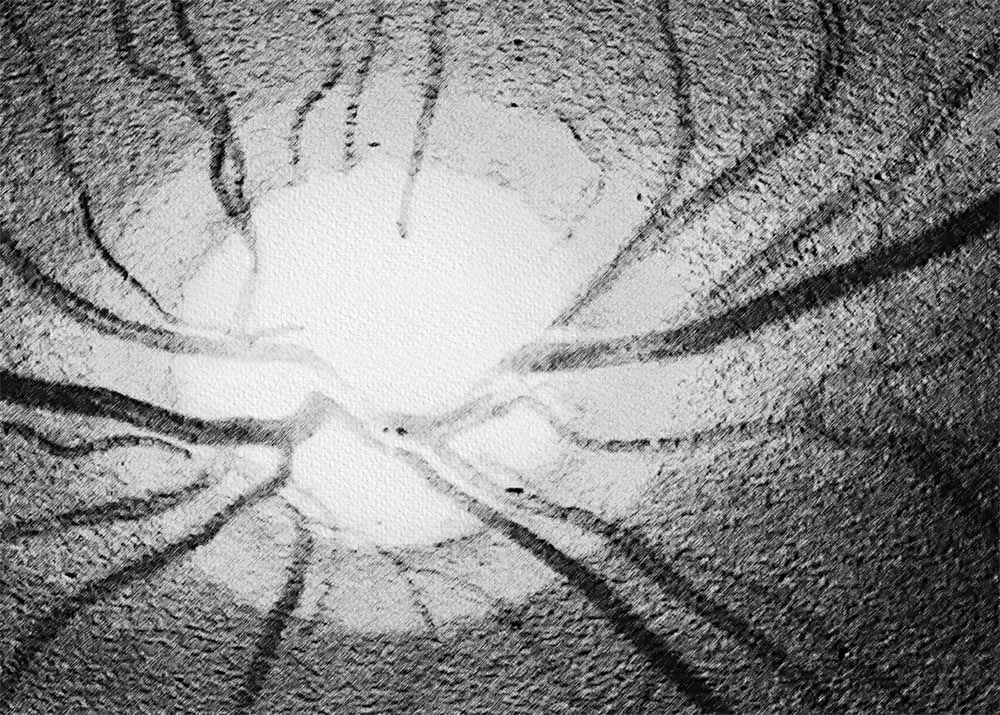
Secondary Open-Angle Glaucoma
Secondary open-angle glaucoma refers to cases where elevated intraocular pressure and optic nerve damage occur as a result of underlying systemic or ocular conditions, such as pseudoexfoliation syndrome, pigment dispersion syndrome, or steroid-induced glaucoma. Management of secondary open-angle glaucoma involves treating the underlying cause while also addressing elevated IOP to prevent further optic nerve damage and vision loss.
Retyne Infrared Eye Treatment for Open-Angle Glaucoma
The Retyne Infrared Eye treatment mask offers a non-invasive therapeutic option for managing open-angle glaucoma, particularly in cases where traditional treatments may be insufficient or contraindicated. Program #2 on the Retyne controller utilizes invisible infrared light therapy, which has been shown to have anti-inflammatory and vasodilatory effects. In open-angle glaucoma, where elevated IOP contributes to optic nerve damage and vision loss, infrared light therapy may help reduce inflammation, improve ocular blood flow, and alleviate symptoms.
Open-angle glaucoma is a progressive eye condition that requires lifelong management to preserve vision and prevent further optic nerve damage. The Retyne Infrared Eye treatment mask offers a complementary therapeutic approach for individuals with open-angle glaucoma, providing invisible infrared light therapy that may help reduce inflammation, improve ocular blood flow, and protect the optic nerve. As part of a comprehensive treatment plan, infrared light therapy has the potential to alleviate symptoms, slow disease progression, and improve overall ocular health in patients with open-angle glaucoma. Early diagnosis, regular monitoring, and appropriate intervention are crucial for optimizing outcomes in these individuals.
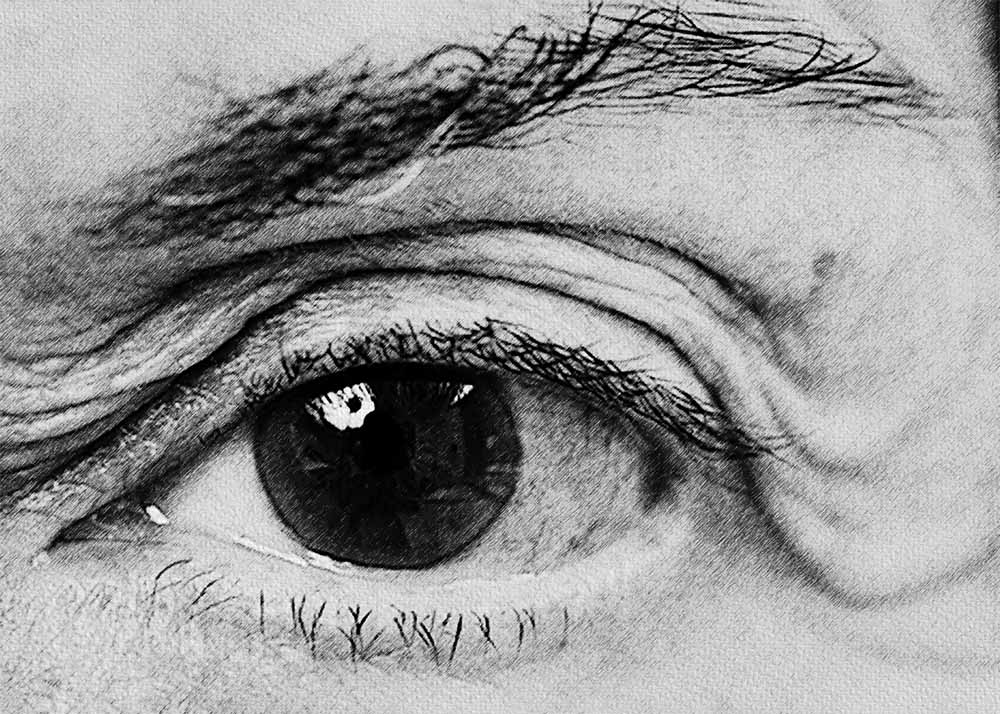
The Retyne eye treatment mask harnesses a series of frequencies (0.07, 0.12, 0.6, 0.87, 2.25, 22.5, 187.5, 396.5, 587.5, 696.5) specifically tailored for addressing Open-Angle Glaucoma. These frequencies have been carefully selected for their efficacy in managing and treating this condition. Retyne's approach involves translating each frequency into invisible infrared light output, representing a novel integration of frequencies with light, a pioneering technology developed by Retyne Labs.
This innovative method draws inspiration from the pioneering work of Dr. Rife, who identified specific frequencies with healing properties and utilized a light source for their transmission. Building upon current research on invisible infrared technology and leveraging past studies on light transmission via frequency sources, the Retyne eye treatment mask represents a fusion of cutting-edge advancements in the field.
Open-Angle Glaucoma General Group exists at program 1407 on the International ETDFL frequency list
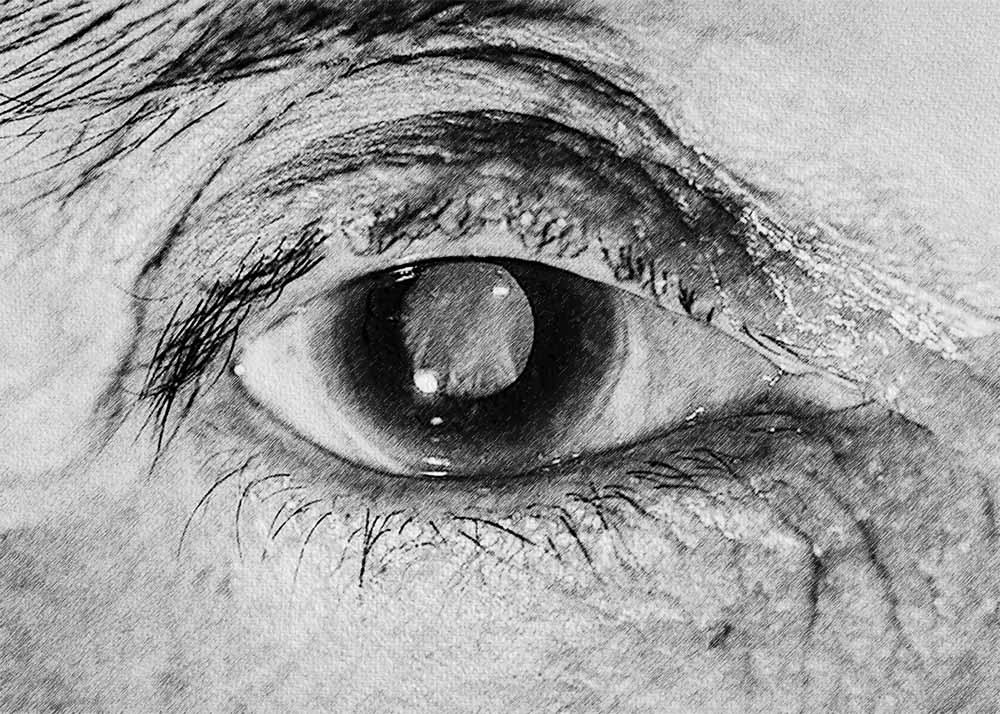
Compatibility
Standalone controller (Program #2) (Controller shipped with Retyne Eye Treatment Mask)
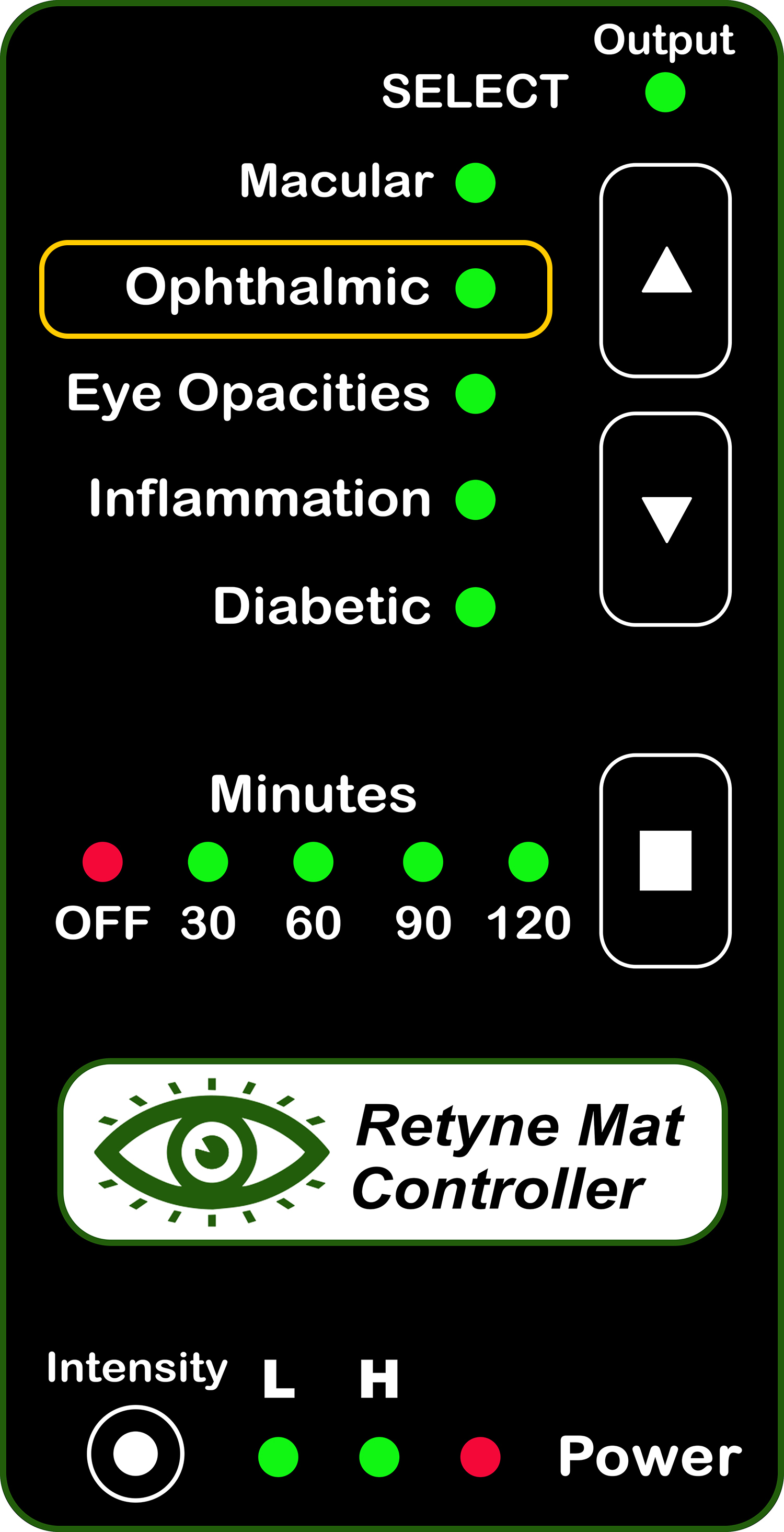
RDPV4 (Direct connect, use group 1407)
RDPV4 Light Mask Program button 2
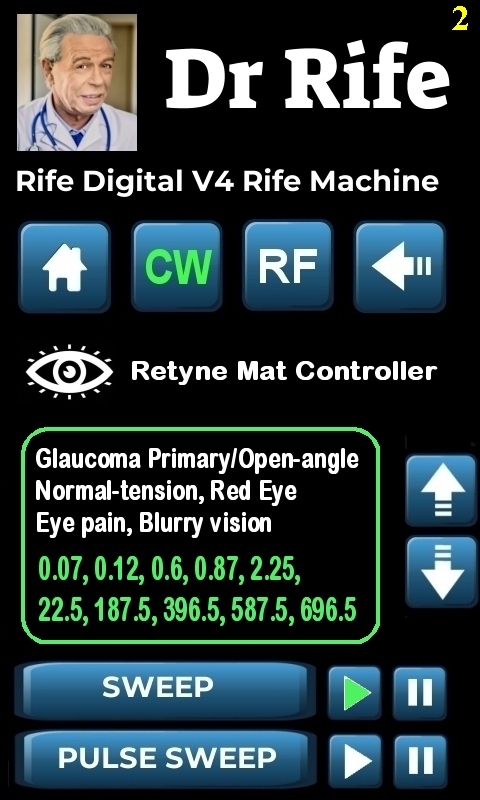
Click here for instructions on using the Retyne Mask + Controller
